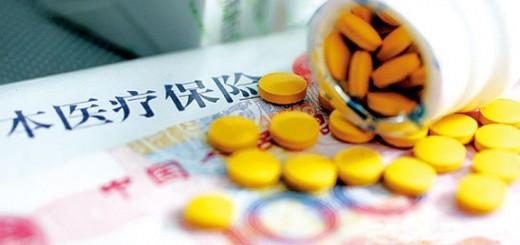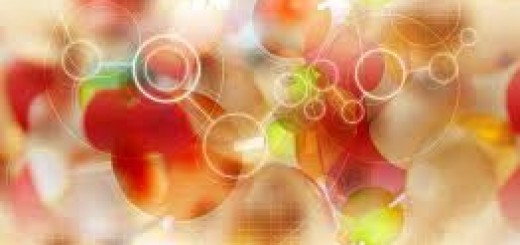| Share This Article
Research Frontiers of Medicinal Plants |
||
| DOWNLOAD |
|
Downloads Pharmacological Review of Ginsenoside Dammarane Saponin Rh2 Downloads Pharmacological Review of Ginsenoside Dammarane Saponin Rg1 Downloads Pharmacological Review of Ginsenoside Dammarane Saponin Rb1 Downloads Pharmacological Review of Aglycon Dammarane Sapogenin (AGS) – Protopanaxatriol (PPT) Downloads Pharmacological Review of Aglycon Dammarane Sapogenin (AGS) – Protopanaxadiol (PPD) |
Ginsenoside Rg1 promotes the maturation of neural stem cells
Neural stem cells (NSCs) are self-renewing, multipotent cells that generate the main phenotype of the nervous system. NSCs have an important role during development producing the enormous diversity of neurons, astrocytes and oligodendrocytes in the developing central nervous system. Neural stem cells have been shown to engage in migration and replacement of dying neurons. Neural stem cells can migrate long distances to the area of damage and differentiated into mature neurons, directed by chemokines released during injury such as SDF-1. In addition, NSCs can engage in the adult brain as a result of injury. Cell death is a characteristic of acute CNS disorders as well as neurodegenerative disease. The loss of cells is amplified by the lack of regenerative abilities for cell replacement and repair in the CNS. NSCs can be either cultured in vitro as neurospheres or stimulated in vivo by medication. These neurospheres are composed of neural stem cells and progenitors (NSPCs) and eventually were differentiated into neurons, astrocytes, or oligodendrocytes which can migrate to the site of injury. The benefits of this therapeutic approach have been examined in Parkinson’s disease, Huntington’s disease, and multiple sclerosis. Researchers from Chongqing Medical University discovered that ginsenoside Rg1, one of major components of ginseng, can stimulate the maturation and function of neural stem cells; therefore, Rg1 could be one of therapeutical measures to help the reovery of neurological disorders. The results were published on China Journal of Chinese Materia Medica,2012,37(22):3477 Title: Effect of ginsenoside Rg1 on functional expression of human neural stem cells:a patch clamp study Abstract: Method:The membrane electrophysiological properties and sodium and potassium ion channels in the hNSCs induced by Rg1 were analyzed using the whole-cell patch-clamp. Result:On the 7th day, the neuron-like cells derived from ginsenoside Rg1(20 mg·L-1)-induced NSCs show:① The resting membrane potential:(-45.70±2.63) mV, the membrane capacitance: (26.89± 1.91) pF, the membrane input impedance:(877.51±20.44) MΩ (P<0.05 compared with the control group, respectively); ② The detection rate of inward sodium current which is rapidly activated and inactivated in voltage-dependence was 50%, and its average peak value was (711.48±158.03) pA (P<0.05 compared with the control group); ③The outward potassium currents were composed of rapidly activated and inactivated transient outward potassium current and delayed rectifier outward potassium current, and its average peak value was (1 070.42±177.18) pA(P<0.05 compared with the control group). Conclusion:Ginsenoside Rg1 can promote the functional expression and maturity of hNSCs. |








